Seeing Africa’s Big Five is one of the most precious memories you can bring from a Safari through Africa. Many factors will determine whether you will see them, starting from which national parks and reservations you visit. The time of the year. The hour of the day. And, of course, the most important one: how lucky you are.
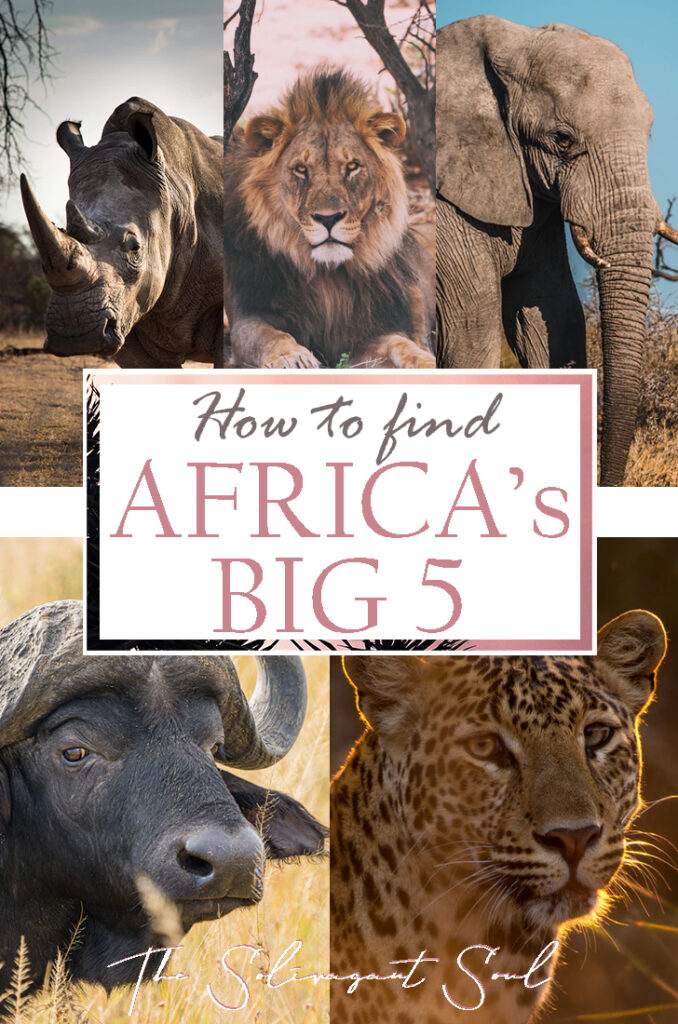
What are the Big Five
The big five are a series of wild animals that, often, are quite hard to see. They represent some of the most iconic animals in the continent and once I tell you which ones are they, you will not be surprised they are included in this list.

Which animals are Africa’s Big Five
As the name mentions, there are five animals in this list. These are: elephants, rhinos, buffaloes, lions and leopards. There are many areas in the continent where Africa’s Big five live, but they do not all overlap. Unless you are very, and I mean really extremely, lucky, you won’t find these animals in close proximity.
Where to see Africa’s Big five?
Here are the areas where you can see Africa’s Big Five. Even though they migrate with the seasons, the areas where they usually move to are well planned.
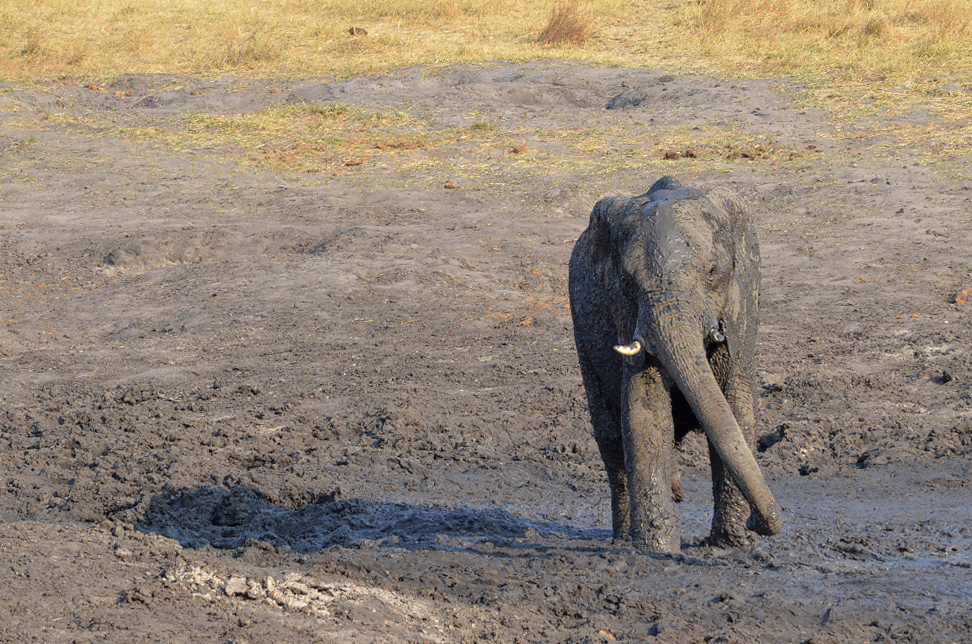
Where are Elephants in Africa?
During my Safari through Southern Africa we visited three countries: Zimbabwe, Botswana and South Africa. During this time, we visited quite a number of National parks and reserves, but in none, we saw as many elephants as in Hwange, Zimbabwe. Before arriving there, we may have seen in total 100 or 200 elephants. In one afternoon there, at the end of September, we may have seen about 3000 of them. And no, I am not adding an additional zero as a typo, we did see over three thousand elephants that day.
Besides Hwange, you can see large herds of elephants at Chobe National Park in Botswana, Addo ENP, in the southernmost part of South Africa, at the Tarangire NP in Tanzania or in Amboseli NP in Kenya. This is one of the easiest animal to find in the short group conforming Africa’s Big Five.
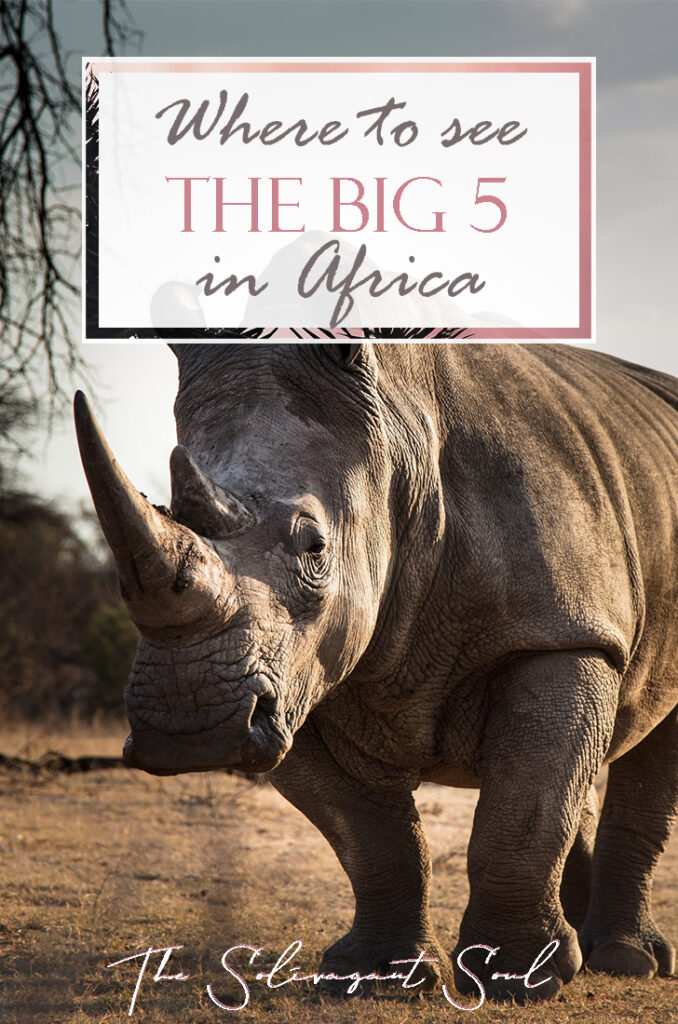
Where are Rhinos in Africa?
There are two types of Rhinos in Africa, the most common white Rhinos and the almost extinct black rhinos. Because of poaching this is a very endangered species and the easier way for you to see them is in national parks with an active conservation program. I visited the small Khama Rhino Sanctuary in South Africa to grasp the concept or Rhino conservation, but there are a few others across the continent.
The only other moment I saw them was in Matobos, Zimbabwe, in one of the most amazing days of the trip. Despite this, their number there is so low that I did not include this park in the most-likely to see Rhinos park.
To maximize your chances to see this magnificent creatures, head to OI Pejeta Conservancy in Kenya, to ether Etosha NP or Palmwag in Namibia. If you are visiting South Africa, you can go to the previously mentioned Khama Rhino Sanctuary, to Krugger National Park ir ti Hluhluwe-iMfolozi NP.
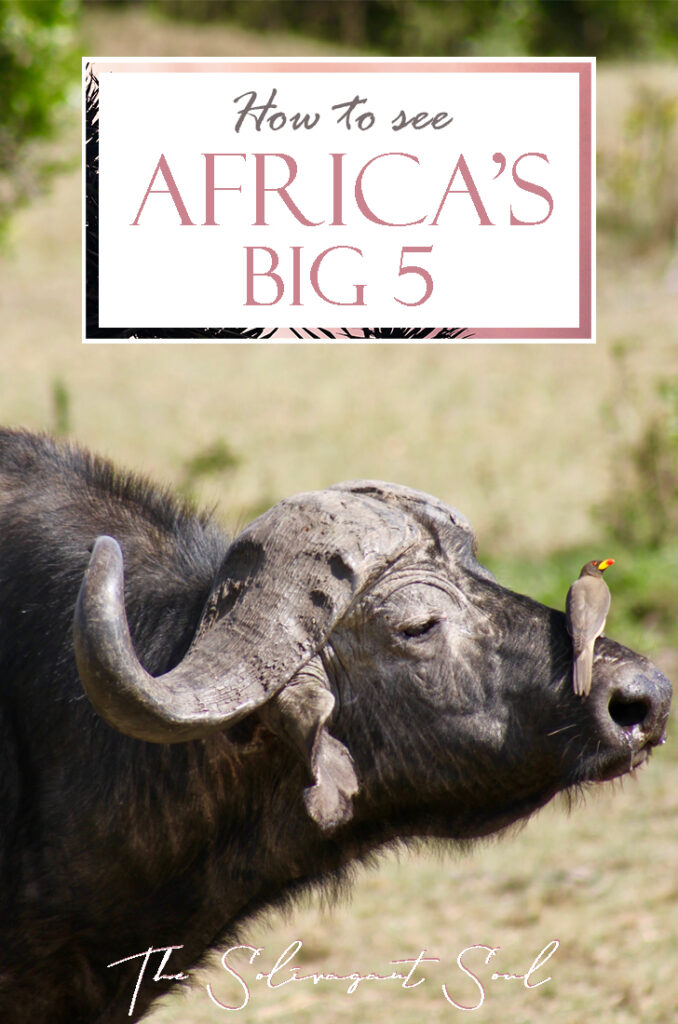
Where are Buffaloes in Africa?
African water buffaloes, are some of the most common animals in Southern Africa. It is the easiest to spot of Africa’s Big Five. I even went through the unfortunate event of being chased down by one when we were bushcamping at the Okavango Delta. I will not forget about these animals any time soon.
Even though they look inconspicuous, and some may think they are big bulls with large horns, these are some of the most dangerous animals in Africa’s Big Five. They are extremely fast and intelligent and they will start a chase just out of curiosity.
The normal habitat of water buffaloes in Africa is quite widespread. They usually can be found in most central Africa and in some sub-Sahara areas. Here you have a more detailed map on where they usually are.
These animals often travel in herds of hundreds of individuals, and we saw a few of these when we were flying over the Okavango Delta in Botswana. Besides this location, it is easy to spot these animals in Krugger NP (South Africa), at the Kafue National Park in Zambia, the Maasai Mara NP or Meru NP, both in Kenya.
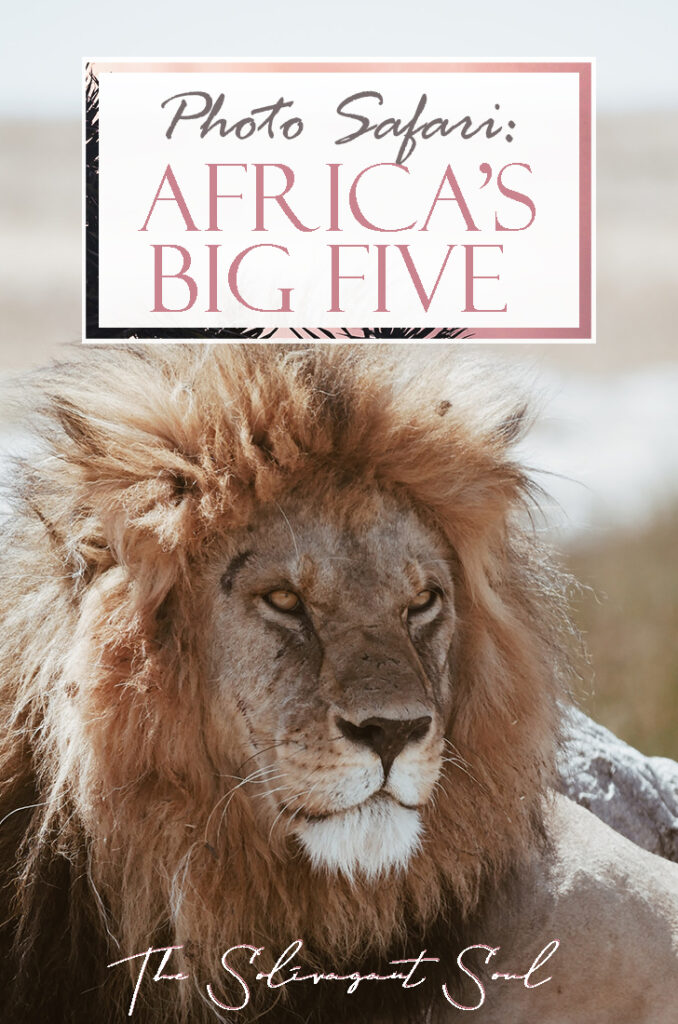
Where are Lions in Africa?
Big cats are often the hardest animals to find from Africa’s Big Five list. And Lions are no exception. Even though these animals are more or less abundant in this continent, they are lazy and don’t move much during the day. Most of the time they spend their hours sleeping under a tree shadow. And often, they find spots where they won’t be disturbed by people with cars or safari trucks. AKA, hidden.
The best place to see Lions in Africa is the Maasai Mara National Park in Kenya. This park is well known for having some of the highest concentration of big cats in the continent. Other places where it is possible to see Lions is in Tanzania, at the Ngorongoro Crater, in South Luangwa NP in Zambia, in Etosha National Park (Namibia) or in Krugger NP in South Africa. Even though the most common place to find Lions is at the Maasai Mara NP, we saw a lion at Chobe NP and a group of 20+ lions and cubs in Krugger a couple of times, so trust, cross your fingers and you will see these shy animals.
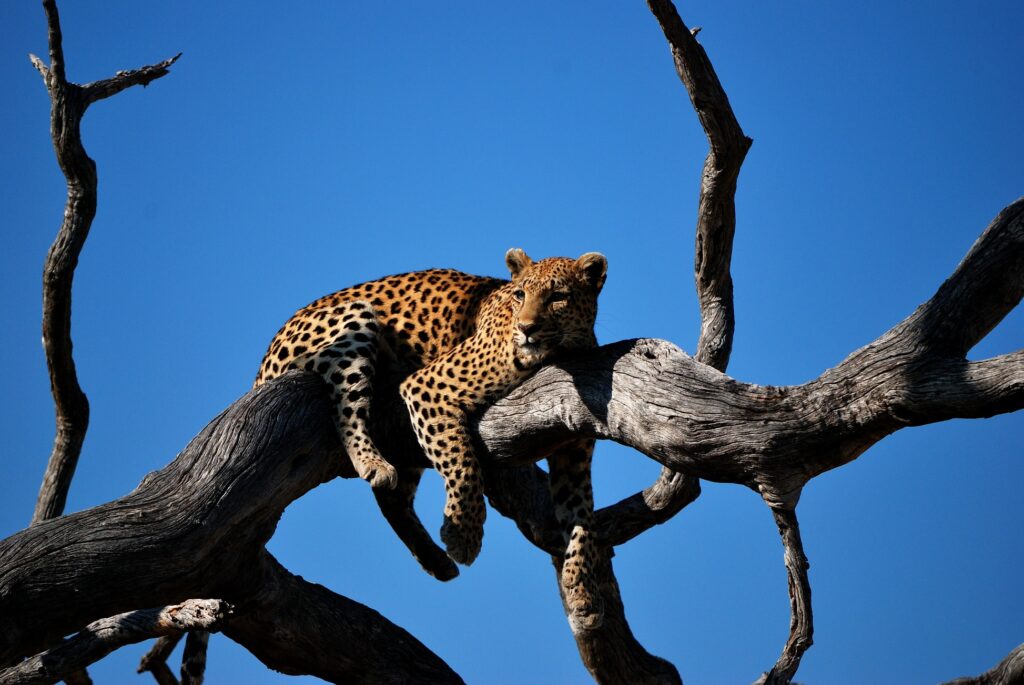
Where are Leopards in Africa?
If lions were hard to find because they spend most of their day sleeping under a shadow, finding leopards is even more of a challenge. They do not only also spend most of their day sleeping, but they also often do it in high branches of trees. If it is hard to spot a leopard on the ground, it is much more of a struggle to find them surrounded by dry leaves and branches.
Despite this, there are easier ways to see Leopards: at night. In our case, only after 18 days of searching for them, we saw two of these animals roaming the night of Krugger NP in South Africa. Slender and massive, seeing these animals shocked me immensely.
Like with lions, the easiest place to see leopards in Africa is at the Maasai Mara NP in Kenya. Other places with high density of leopards are: Serengeti NP in Tanzania, South Luangwa NP in Zambia, Okonjima NR in Namibia and Sabi Sands NP in South Africa.
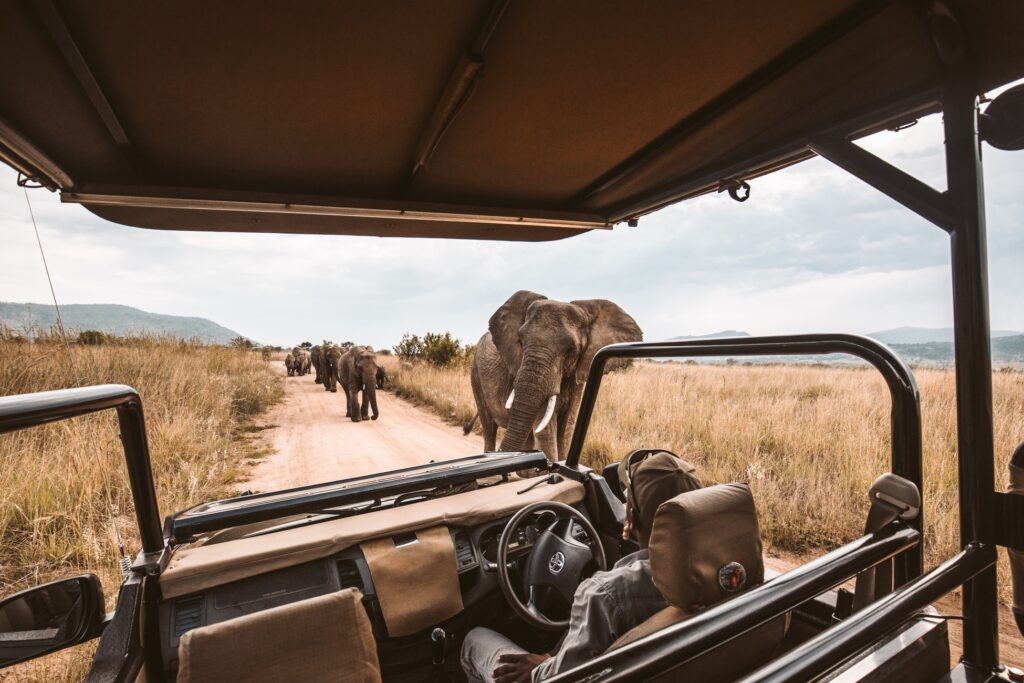
How easy is it to see Africa’s Big five
There are three factors to take into account when looking for Africa’s Big Five:
Your itinerary
If you do not plan on visiting any place where lions are endemic, you won’t see any lions. It is as complicated as that. Africa is a very large continent and if you don’t see them in your backyard, you will most likely won’t see them outside their usual areas.
Time of the year
The season you choose to visit Africa will also determine your chances at finding Africa’s Big Five. During dry season, animals some times will be more lethargic because of the heat. But at the same time, the dry vegetation will make it easier to spot animals. On the other hand, traveling during the wet season will involve more active animals but less likeliness to see them between the green and exuberant bushes.
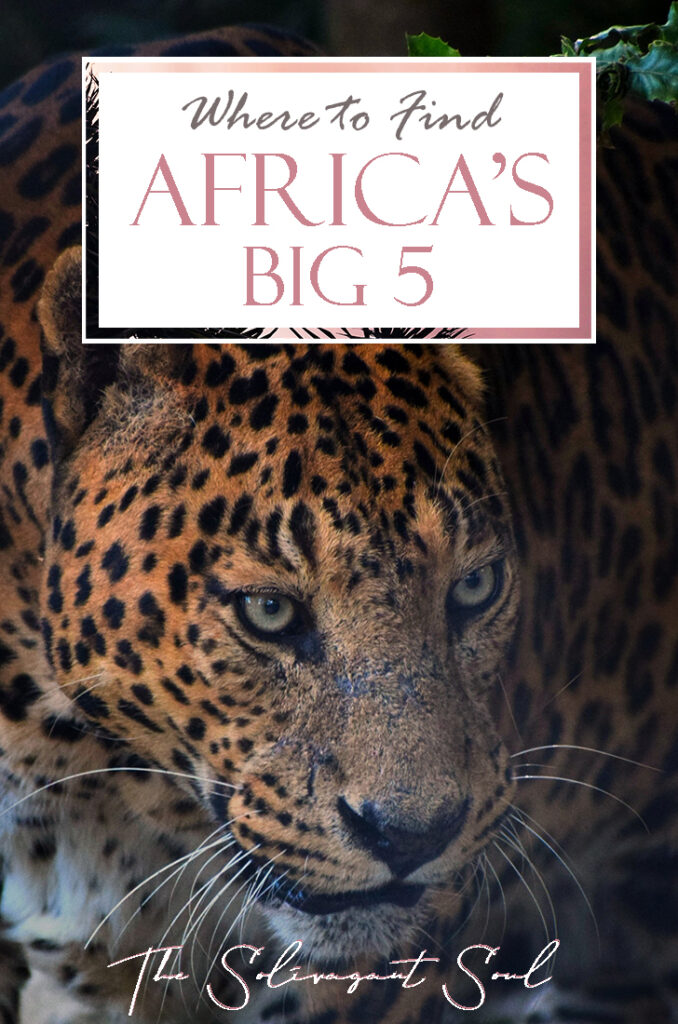
Your Luck
I think that above it all, the main factor that will determine whether you see Africa’s Big Five is your luck. I spent 20 days in Africa looking for them. Jumping from National park to National Park and driving over 4 thousand miles. Up until the last day, or more correctly, the last night, we did not see a single leopard. That evening, we saw over 20 lions and two different leopards hunting at Krugger National Park.
We also struggled finding Rhinos. We only saw a few of them in a conservation park in South Africa, but when we arrives to Vic falls that was it. Being there, in Victoria Falls, two lovely kiwi-ladies from our group took a breakfast cruise through the river and saw a black rhino, one of the most hard-to-see animals in Africa.
You will be observing animals in the wildness. It’s their home, and we can only watch, observe and wait. If you are lucky, you will see them, if you are not, you have the perfect excuse to go back and try to find them again.
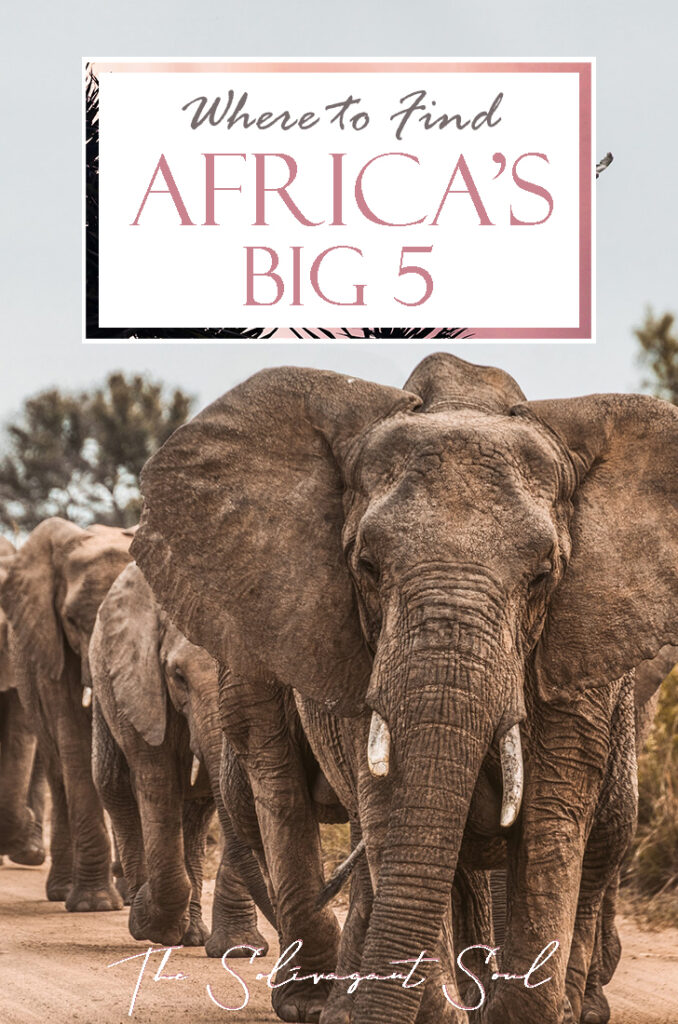

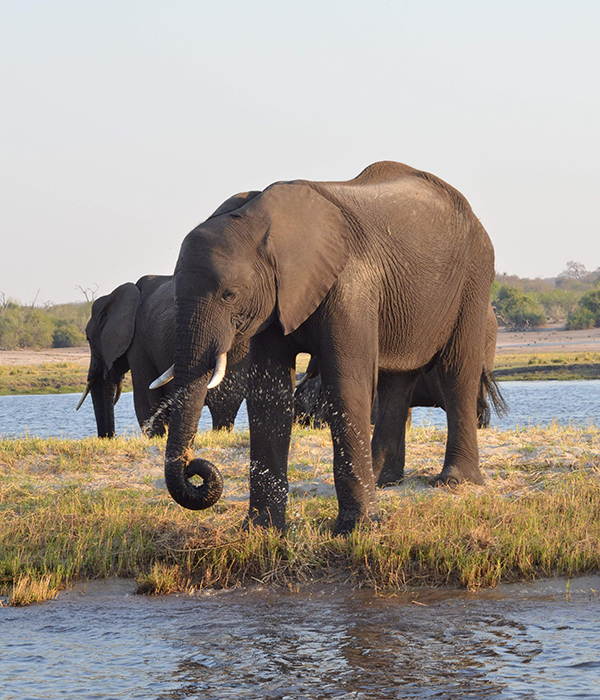

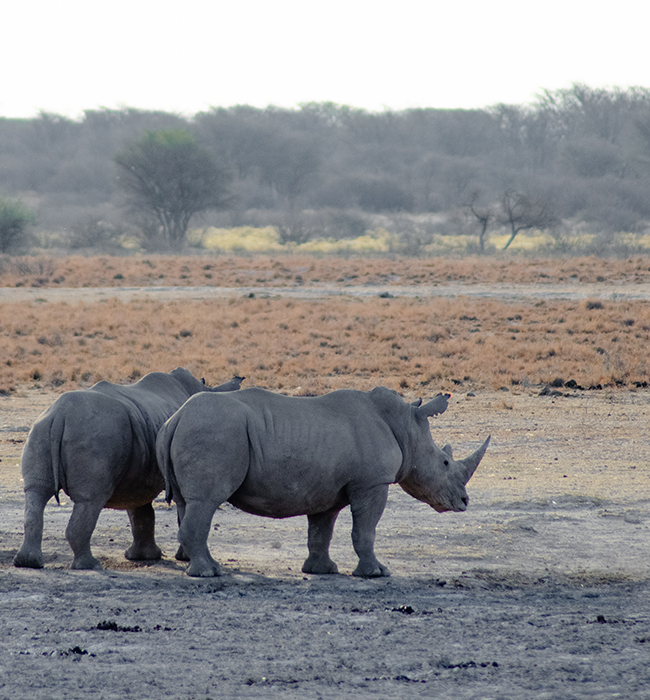







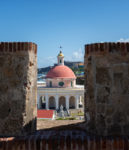
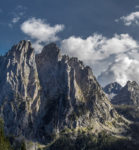

I was so fortunate to be able to see all of the big 5 last year when I was in Africa and the leopard is far and away the hardest animal to see. But seeing a wild herd of elephants or grazing rhinos or an endless train of water buffalo are images that will stay with me forever. Just breathtaking. So thank you for bringing back the memories!
Small correction, Khama rhino sanctuary is actually in Botswana 40 or so kilometers from Serowe which is the home village of the founding president Sir Seretse Khama.